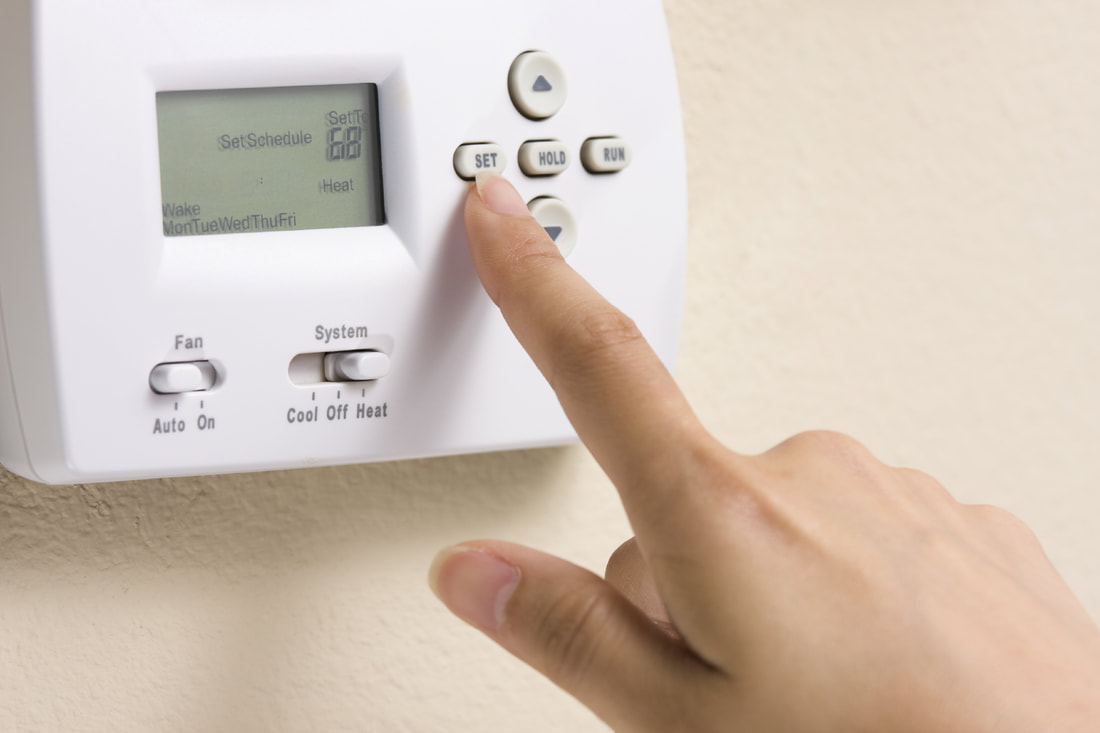
You can slash your energy bills without sacrificing comfort even in the middle of Winter. Winter has arrived, but it doesn’t have to bring outsized heating bills with it. Look at your home and watch out for these problem areas; fixing them up could dramatically reduce your home heating bills.
1.Replace Worn Weather Stripping
Worn weather stripping around doors and windows creates drafts and lets in cold air. Seven to 12 percent of a home’s heat loss occurs around windows and doors, and homeowners often turn up their furnace to keep comfy because of those leaks. Even if they don’t turn the thermostat up, they’re losing warm air, causing the furnace to work harder. “Weather stripping around doors, and caulking around doors and windows, can cut down on drafts.Some weather stripping needs to be replaced every few years because of wear. Replacing it is typically as simple as pulling off the old and tacking on the new.
If you can see light under or around your front door, then you’re losing the indoor air you’ve paid to heat. If the door isn’t touching the threshold you are losing heat. Some thresholds have four or five screws that let you adjust the height to eliminate a gap. Turn the screws counterclockwise to lift the threshold until daylight is mostly gone. A little light in the corners is okay, but don’t raise the threshold so high that it interferes with opening and closing the door. And the door shouldn’t drag on the threshold or it’ll wear out the weather stripping.3.Eliminate Drafts Around Electrical Boxes
Electrical boxes in your exterior walls are notoriously drafty because insulation isn’t always placed behind and around them correctly. You need to keep the air from flowing around the box both incoming and outgoing.To stop the leaks, remove the cover plates and fill small gaps around the boxes with acrylic latex caulk. For large gaps, use foam sealant. Then place a foam gasket over the outlet or switch and replace the cover plate. The gasket is going to save you money for as long as that outlet is in your house. That small investment pays off for as long as you own your home.4.Plug Holes in Exterior Walls
Pipes, gas lines, and electrical cables that enter your house often have gaps around them that have been haphazardly filled with some kind of caulk. But that caulk eventually cracks, peels, and falls off. These gaps let in outside air, plus they are ideal entry points for mice and insects.
Seal the gaps with expanding foam. For water pipes under the sink, unscrew and pull back the escutcheon ring, then caulk around the pipe. “The ring is just decorative,” Rogers says. “It’s not going to block airflow.”5.Buy a Portable Heater (and Turn Down the Furnace)
Put a space heater in the place where your family gathers, like the living room, and turn down the furnace temperature. The rest of the house will be cooler but you’ll be warm, and you can save 3 percent on your heating costs for every degree below 70 F that you turn down the furnace, according to utility company Pepco. You’ll see those savings all winter long.
6.Cover Windows and Patio Doors with Plastic Film
Windows account for 25 percent of heat loss in homes. Covering the windows and sliding patio doors with clear plastic film can reduce that loss. “Just by using that plastic, you’re going to save about 14 percent on your heating bill.
The transparent film is inexpensive; you can find it for about $6 for 62 x 84 inches at home centers. The film is simple to put on and won’t harm your trim, and if you put it on correctly you’ll barely notice it. In the spring, the film comes off easily.
7.Keep Warm Air from Escaping Up the Chimney
The downside to fireplaces is that when they’re not in use, your warm indoor air is escaping through chimney. Even when the chimney flue is closed, some warm air is probably still getting away. An easy solution is to block the airflow with an inflatable chimney balloon. The balloons are available on amazon.com and other retailers to fit various chimney sizes. They cost about $50. They can save you up to $100 a year, so they’re going to pay for themselves twice a year.
Blow up the balloon and stick it in the chimney. If you forget to take it out before you start a fire, the balloon automatically deflates, so it won’t cause the house to fill with smoke.
8.Insulate the Attic Access Door
Even in well-insulated attics, the access door may not be properly insulated, letting warm air escape through the attic hatch. And if the door is warped or something obstructs the opening, then the door won’t lie flat, allowing air to leak into the attic. To ensure that the door blocks airflow, use adhesive to attach fiberglass batt insulation to the attic side of the door. And if the door won’t lie flat, use a latch bolt system to close it tight.
9.Seal Air Leaks in Ductwork
Take a look at the ductwork that’s accessible in your basement or attic. Look for places where the ducts may have pulled apart at seams and corners. According to Energy Star, the typical house with forced-air heating loses about 20 to 30 percent of the air that moves through the system to leaks, holes, and poorly connected ducts. Place a mastic sealant or metal tape over any leaks to seal them.
10.Tune up the Furnace and Gas Fireplace
There’s some up-front cost here, as you’ll need to pay a pro $100 or more to make the service call. But you’ll make it up in the long term with more efficient heating that lowers your bills while preserving the life of your furnace. You’ll probably also notice a larger flame that throws out more heat from your gas fireplace.
11.Upgrade Your Thermostat
The savings from programmable thermostats are well-documented. By automatically turning down the temperature by 10 to 15 degrees for eight hours a day, either when you’re not home or when you’re sleeping, these thermostats can cut your heating bill by 10 percent or more. Programmable thermostats are now cheaper than ever, with models starting under $25.
12.Use the Sun to Your Advantage
Despite the freezing temps outside, the sun’s rays still bring some heat into your home. They’re free, so take advantage of them—the added heat will reduce how much your furnace needs to run. Keep your curtains open during the day, especially on the south side of the house where you get more direct sunlight. Trim any tree branches or shrubs that block the sunlight around your windows to maximize the gains. Close the curtains at night so they act as barriers to reduce drafts.
13.Keep Heating Registers Clear
The warm air blowing out of your registers needs a clear path into the room to provide even heating. So, if you place your favorite recliner or a sofa over the register, you’re limiting the flow of heat. It’s like leaving the vent partially or completely closed. To cut heating costs, arrange your room so that the register is as unobstructed as possible.
14.Lock Door and Windows
Notice how when you lock your windows, you can often feel them pushing together more tightly? It makes a difference for your heating bill. Even when doors and windows are closed, they might not be pressed tight against the weather stripping if they’re not locked, which allows cold outside air to infiltrate the home. Lock your windows early, because if they freeze in their current positions, then they won’t move and you won’t be able to lock them without a lot of work.
